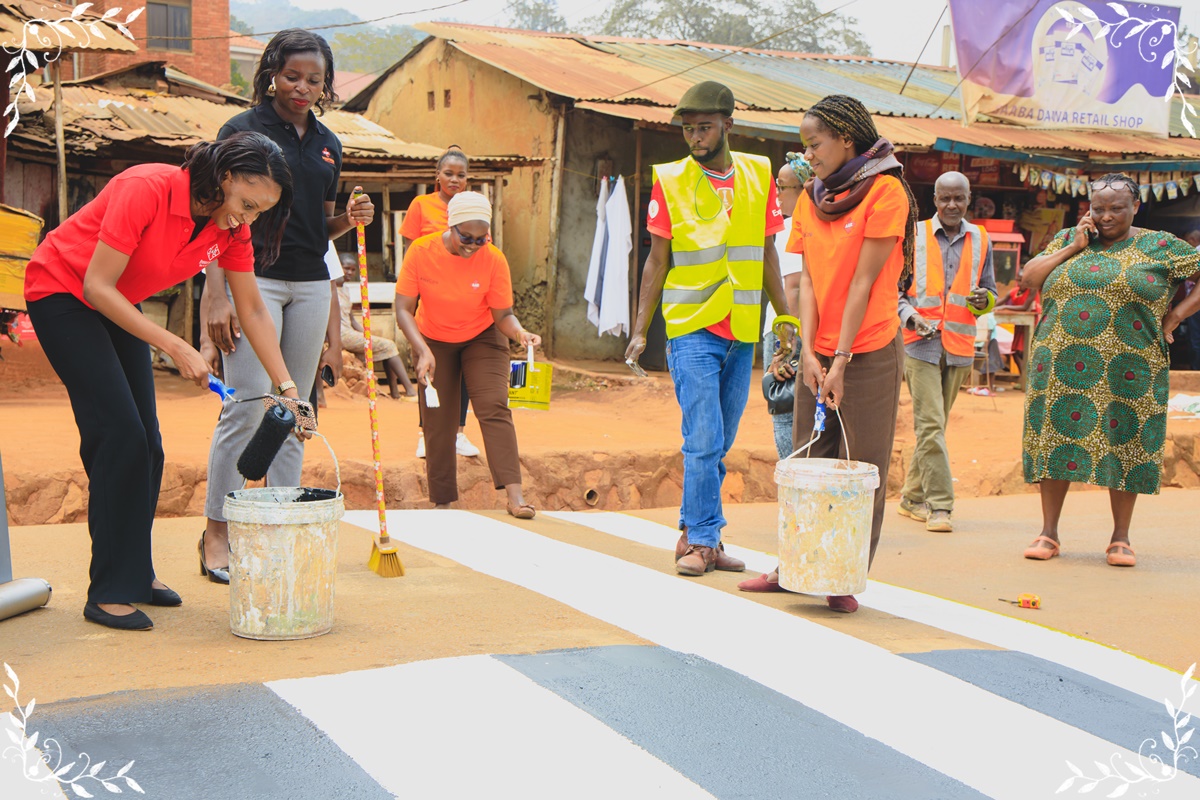Salaries have been late for the past few months and now the office rumour mill is awash with gossip about impending layoffs and pay cuts. With the rising cost of living, Semakula’s current salary does not meet his most urgent needs and yet he cannot afford to lose his job. The pressure is beginning to feel unbearable, and it is getting harder to concentrate on basic tasks or to fall asleep at night. When he does fall asleep, he experiences violent dreams that would wake him up in a panic, with intense fear, his heart racing, culminating in day long migraines. A once highly motivated young professional with awe inspiring dreams and aspirations, he is now just barely making it through the day. A colleague at work noticed the change in him and suggested that Semakula seek medical attention. He laughed it off saying to himself that he could handle the situation; that is until he was rushed to hospital with severe chest pain and difficulty breathing.
World Health Organization’s (WHO) definition of health looks beyond the absence of disease or infirmity to a state of complete physical, mental, and social well-being where individuals are able to reach full potential, cope adequately with stress, work productively and are contribute to community positively. Mental health is therefore an integral and essential component of health.
Globally, the COVID-19 pandemic has created a mental health crisis, fueling long and short-term stress thereby compromising the mental health of millions. Increased social and economic inequalities, extended conflicts, violence, and public health emergencies such as Marburg Fever, Cholera and Ebola affect whole populations, threatening progress towards improved well-being. Following the pandemic, depression grew by 23% in sub-Saharan Africa (The Lancet,2021) with most individuals undiagnosed and untreated leading to extreme complications of depression such as suicide.
In Uganda, mental, neurological and substance use disorders are a major public health burden (Mugisha et al., 2019). Mental health illnesses lie along a spectrum with some signs being covert and others only visible when one is pushed to extremes when stressed. Depression, anxiety disorders, and elevated stress levels are the most common, sometimes leading to suicide (Farzaei et al., 2016). Uganda is ranked among the top six countries in Africa in rates of depressive disorders (4.6%; Miller et al., 2020).
Mental illnesses require treatment and support the same way as physical illnesses such as HIV/AIDS, Malaria and Tuberculosis. Mental illness continues to be marred by myths and misconceptions including having a supernatural cause, witchcraft, and spiritual problem, instead of a disease that can be treated and managed if and when diagnosed and managed professionally. More often than not, the affected people resort to isolation and suffering in silence rather than seeking medical help. Among the challenges faced by the people with psychosocial and mental disorders in the communities include financial constraints, discrimination, stigma, fear of violence and inadequate availability of essential drugs.
There is evidence that demonstrates a correlation between the rise of the Sexual and Gender Based Violence (SGBV) and the state of mental health. Mental health therefore has a crucial role in the primary prevention of sexual and gender-based violence (SGBV).
Each one of us is somewhere along the mental health spectrum of experience that ranges from excellent mental health on one end and severe debilitating symptoms on the other, and we should endeavor to promote good mental health practices such as normalizing seeking health care services when needed and working to reducing stigma associated with mental health. Mental health care must be strengthened so that the full spectrum of mental health needs is met through a community-based network of accessible, affordable, equitable, quality services in partnership with both the public and private sectors.





